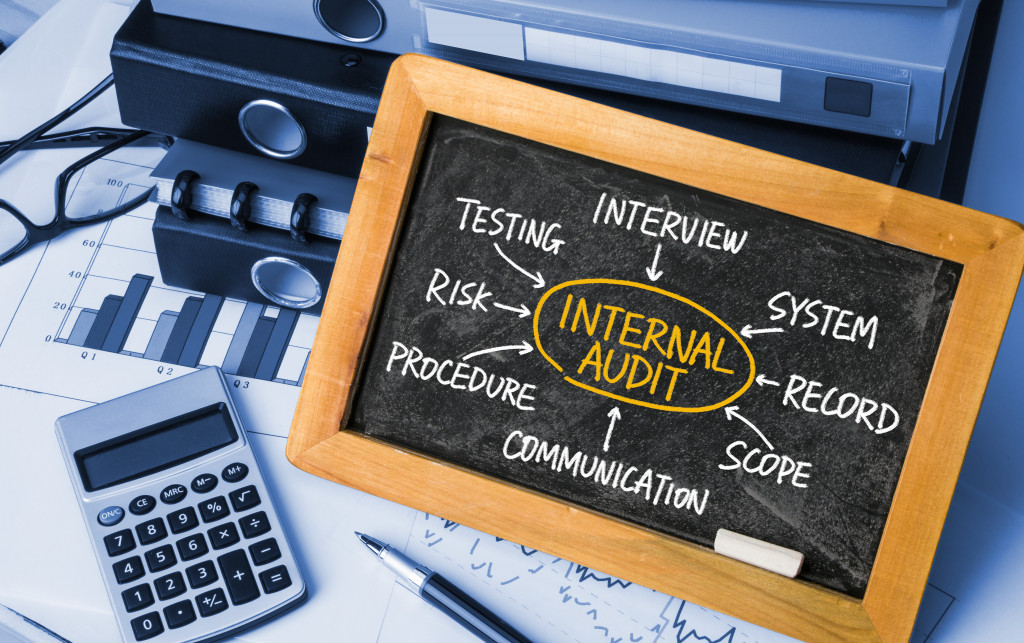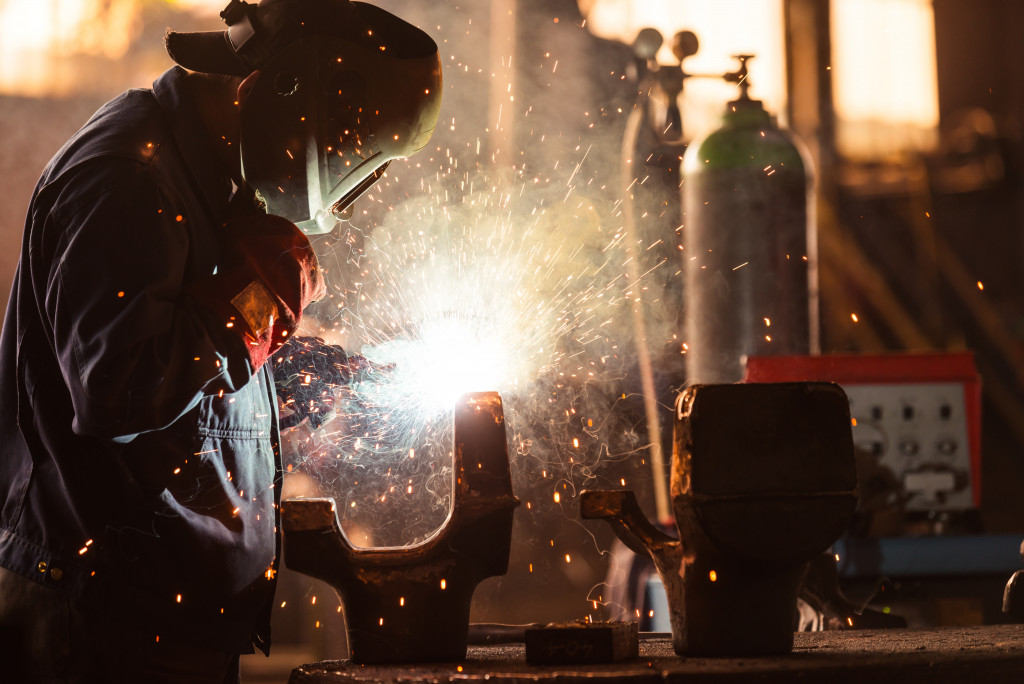- Prioritizing employee training and awareness is essential for workplace safety.
- Regular inspections and audits should be conducted to identify potential hazards.
- Equip your workspace with safety equipment such as fire extinguishers, first aid kits, personal protective equipment (PPE), and safety signage.
- Foster open communication and feedback between employees and management for a proactive safety culture.
- Understand the role of infrastructure in workplace safety to ensure optimal protection for all employees.
Safety in the workplace is more than just a matter of compliance with regulations—it’s a critical component of maintaining a productive and healthy work environment. Accidents and incidents not only pose a risk to the well-being of employees but can also result in significant financial losses for businesses. As you strive to cultivate a safe workspace, here are five tips to guide you in this essential endeavor.
1. Prioritize Employee Training and Awareness
One of the foundational elements of workplace safety is ensuring that all employees, regardless of their role or tenure, are adequately trained. From understanding the specific hazards of their position to general safety practices, regular training sessions can equip them with the knowledge and skills they need to avoid accidents. Consider employing various training methods, from hands-on demonstrations to online modules, to cater to diverse learning preferences.
In addition to training, promote a culture of safety awareness. Regular safety drills, reminders, and open communication channels can empower employees to voice their concerns, report potential hazards, and actively participate in maintaining a safe environment.
2. Implement Regular Inspections and Audits

Regular workplace inspections are crucial for identifying potential hazards before accidents occur. Whether checking machinery, assessing the facility’s structural integrity, or ensuring tools are in good condition, frequent checks can preemptively address any concerns. Schedule these inspections and document all findings, as these records can be invaluable for future reference and continuous improvement.
On the other hand, audits evaluate the effectiveness of your safety systems and protocols. External professionals can provide an objective viewpoint, suggesting improvements and validating the effectiveness of current measures. Such audits can also ensure you’re in compliance with industry standards and local regulations.
3. Equip Your Workspace with Necessary Safety Equipment
The presence of appropriate safety equipment is a clear indicator of your commitment to protecting your workforce. Make sure all equipment is easily accessible, maintained in good condition, and regularly inspected for any damages or expiration dates.
Moreover, ensure that your employees know how to use this equipment properly. This can be part of your regular training sessions, emphasizing the correct usage and maintenance of safety tools and gear.
Here are some safety equipment to consider:
Fire Extinguishers
Fire extinguishers are a fundamental part of safety equipment in any workspace. They can control small, containable fires, preventing further damage and potential employee harm. Ensure that you equip your workspace with the right extinguisher for the potential fire risks specific to your work environment. Regularly inspect these extinguishers to ensure they’re operational and inform all employees about their locations and correct usage.
First Aid Kits
Every workplace should have readily accessible first aid kits. These kits should be stocked with essentials like bandages, antiseptics, tweezers, medical tape, and disposable gloves, among other items. Regularly replenish and update these kits as necessary. Consider providing first aid training to all employees so they can adequately respond in case of minor injuries or health emergencies.
Personal Protective Equipment (PPE)

Personal Protective Equipment (PPE) includes safety goggles, earplugs, hard hats, and protective clothing. These items protect employees from specific hazards in their work area, such as dust, noise, chemicals, or heavy objects. Ensure that all PPE is kept in good condition and replaced as necessary. Also, provide training on the proper use and maintenance of these items.
Safety Signage
Safety signage serves to guide, warn, and inform staff about potential hazards in the workplace. This includes signs for fire exits, hazardous materials, non-smoking zones, and machine operation instructions. Ensure all signs are visible, up-to-date, and in line with local safety regulations. Regularly review and update these signs to ensure they remain relevant and informative.
4. Foster Open Communication and Feedback
Open communication between management and employees can be pivotal in enhancing safety. When employees feel comfortable voicing their concerns, reporting potential hazards, or suggesting improvements, you create a proactive safety culture. Setting up dedicated channels, like a suggestion box or regular safety meetings, can facilitate this exchange of information.
Feedback from employees and external audits is a valuable resource for continuous improvement. Recognize and reward employees who contribute positively to the safety culture, as their engagement can inspire others to do the same.
5. Understand the Role of Infrastructure in Safety
Often overlooked, the infrastructure of a workplace plays a significant role in safety. For instance, when dealing with electrical systems, the presence of high-quality electrical control panels is paramount. These panels house the components that control electrical functions, ensuring they operate seamlessly without posing risks of short circuits, overheating, or electrical fires.
Another example is the storage of hazardous materials. Ensure all your safety standards are met, from labeling and handling to proper storage and disposal. By understanding the role of infrastructure in workplace safety, you can take steps to ensure optimal safety for all employees.
In Summary
Workplace safety isn’t a one-time initiative but an ongoing commitment that requires the active participation of every member of the organization. From the top echelons of management to the newest recruit, everyone has a role to play in creating and maintaining a safe working environment.
Investing in quality infrastructure, promoting open communication, and emphasizing training and awareness will pave the way for a workspace where employees can thrive without the looming threat of accidents or hazards. Remember, a safe workplace is not just a regulatory requirement—it’s the cornerstone of a productive and harmonious work culture.
